Views: 4 Author: Monica Publish Time: 2025-10-22 Origin: Site








The "best" steel sheet is NOT finding the cheapest material but selecting the balance between performance, life, manufacturing, and cost.
The true cost of steel sheet is the total cost, including corrosion resistance, strength-to-weight ratio, maintenance, replacement frequency, etc. This comprehensive guide analyzes various steel sheet types to help engineers and procurement specialists make informed purchasing decisions.
Carbon steel has a low production cost and excellent form ability. Its cost value proposition lies in its simple composition, primarily iron and carbon, making it widely available and inexpensive to produce.
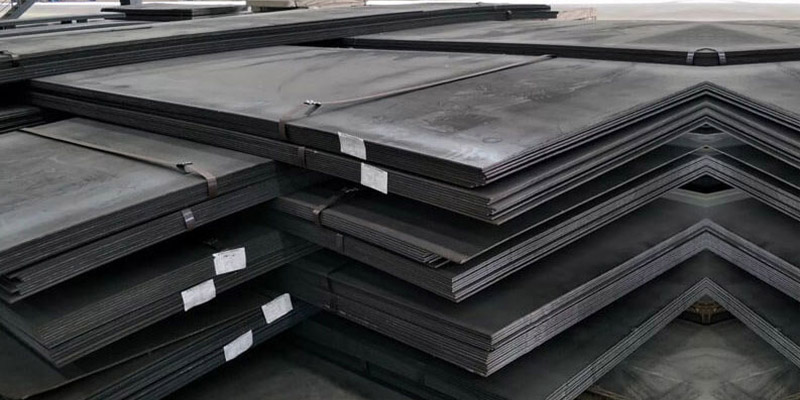
Low Carbon Steel (Mild Steel)
Mild steel is the least expensive of the carbon steels. It is easy to bend, weld, and machine, which reduces manufacturing costs.
Common applications include general structural components, simple housings, and automotive body panels. However, its disadvantages include poor corrosion resistance and the need for galvanizing or painting, which increases overall cost.
Medium and High Carbon Steels
Increasing carbon content increases strength and hardness, but reduces ductility and weld ability. While these steel grades are slightly more expensive than low carbon steel, they can be used for high-tensile strength components and offer excellent wear resistance and durability.
Medium and high carbon steels offer longer service life in abrasive or high-pressure environments, reducing replacement costs. However, their complex heat treatment requirements increase manufacturing costs.
For environments requiring corrosion resistance, purchasing stainless steel, despite its higher upfront cost, offers significant cost-effectiveness over its lifetime.
Stainless steel develops a passive chromium oxide layer on its surface that self-repairs in the presence of oxygen, virtually eliminating the need for painting or cathodic protection.
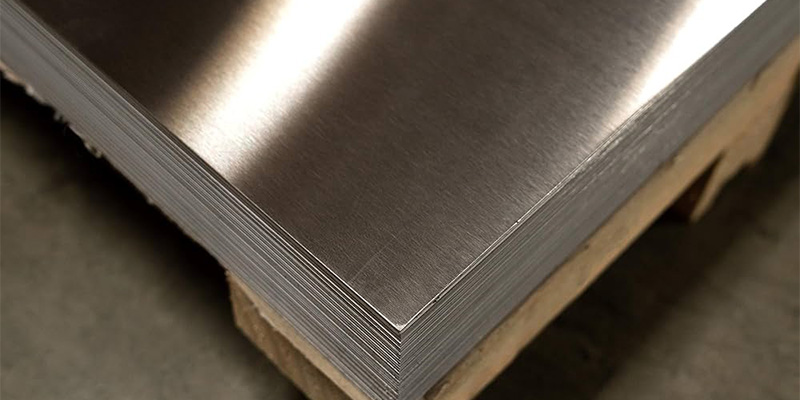
Austenitic Stainless Steel (300 Series)
1. 304 stainless steel is the most widely used stainless steel alloy, combining excellent corrosion resistance, weldability, and moderate strength. It is the least expensive of the austenitic stainless steels. It is an excellent choice for food processing equipment, architectural decoration, and general chemical environments.
2. Molybdenum-containing 316 stainless steel is for marine, coastal, and chemical processing applications. While priced approximately 20-30% higher than 304 steel, its enhanced resistance to pitting and crevice corrosion and service life twice that of 304 steel make it a more economical choice in the long run. 316 is the best overall price for your money.
Ferritic and Duplex Stainless Steel
1. Ferritic stainless steels contain less nickel, making them a more budget-friendly alternative to the 300 series. They are used in dry, less aggressive environments. They are often used for kitchen equipment and automotive exhaust systems.
2. Duplex and super duplex steels (UNS S32205, S32750) offer the highest strength and corrosion resistance. They combine the toughness of austenitic steels with the strength and chloride stress corrosion cracking resistance of ferritic steels.
l Though the cost is very high, their yield strength is nearly double that of 300 series steels for significant thickness reduction.
l This material-saving approach often brings the final fabricated component cost close to that of a thicker, weaker stainless steel, while increasing performance and lifespan.
When the application environment has extreme temperatures, highly concentrated non-oxidizing acids, or ultra-aggressive reducing media, even super duplex steel may not be replaced.
Nickel alloys represent the highest level of material, where performance trumps all other considerations.
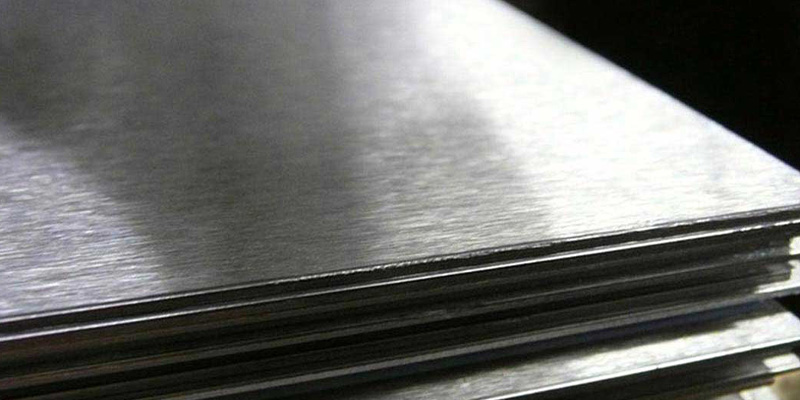
1. General Corrosion Resistance
Nickel-iron-chromium alloys like UNS N08825 (Alloy 825) has high nickel content, it offers excellent resistance to sulfuric and phosphoric acids, as well as superior resistance to stainless steels.
It is significantly higher than Super Duplex but the cost is reasonable when handling specific moderate-to-high concentration acids where Duplex grades would rapidly fail.
2. Extreme Corrosive Resistance
For the most aggressive chemical environments, such as hot contaminated mineral acids, solvents, and gas, UNS N10276 (Alloy C276) is the industry standard. This molybdenum-tungsten-chromium-nickel alloy offers virtually universal corrosion resistance and stability in both oxidizing and reducing conditions.
Nickel alloy sheet metal is several times the price of S32750.
However, in an flue gas desulfurization units or reactors handling highly concentrated hot acids applications, the material is not merely a component; it is the guarantor.
Choosing a cheaper alternative with a high probability of failure after a year. C276 provides the necessary reliability, making it the most cost-effective choice.
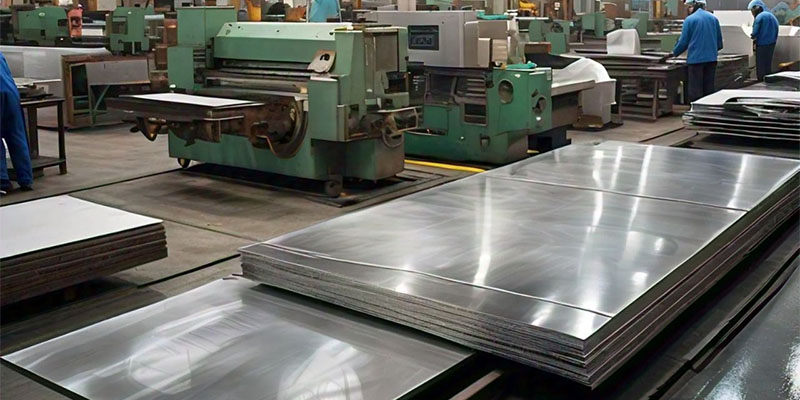
1. Assess the Application Environment and Corrosion Risk
The first step in selecting steel plate is to consider the environment it will encounter, including temperature, pressure, and the chemical composition of the medium. Higher temperatures and chloride concentrations significantly increase the risk of pitting, crevice corrosion, and stress corrosion cracking.
In general environments, standard 304 or 316 austenitic stainless steel is the most cost-effective option. However, for any environment involving seawater, hot brines, or highly concentrated acids, higher alloyed materials, such as super-duplex steel or nickel alloys, must be considered.
Under these conditions, these high-performance alloys offer tens of times the performance of stainless steel, even at a significantly higher initial cost.
2. Determine the Required Mechanical Strength and Thickness
When designing high-pressure vessels, storage tanks, or structural supports, the material's yield strength is crucial. Traditional austenitic stainless steels have low strength and require thicker plate to withstand high pressures.
Duplex steels S32205 and super duplex steels S32750, however, have yield strengths approximately twice that of austenitic steels, allowing you to achieve maximum compressive strength with minimal thickness.
Although the unit weight cost of duplex steel is higher than that of stainless steel, the total cost of the finished product is lower than the cost of using thicker stainless steel plate, making it the most cost-effective choice.
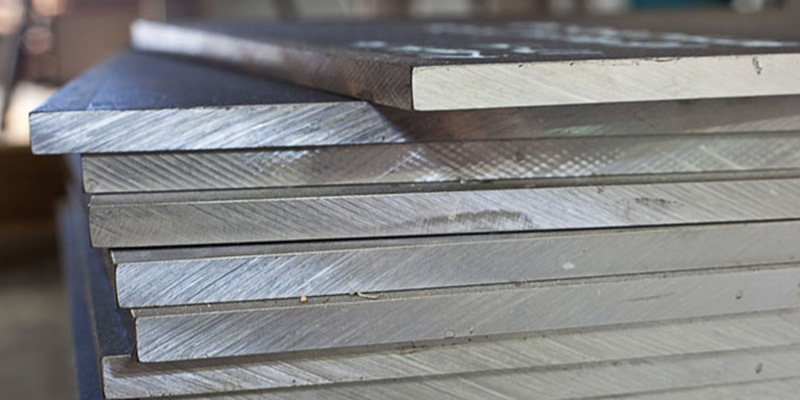
3. Calculating the Pitting Resistance Equivalent
The Pitting Resistance Equivalent (PREN) is a key indicator of a stainless steel's pitting corrosion resistance and is determined by the chromium, molybdenum, and nitrogen contents.
When selecting a material, the PREN value should be matched to the critical pitting temperature of the environment. For moderately corrosive environments, 316L with a PREN of approximately 30 may be sufficient; however, for seawater and high-chloride environments, super duplex steel S32750 with a PREN exceeding 40 must be selected to ensure adequate corrosion protection.
4. Weldability, Machinability, and Fabrication Difficulty
The machinability of a material directly impacts manufacturing costs.
Austenitic stainless steels generally offer excellent cold workability and weldability. However, welding duplex and super-duplex steels requires more precise control to ensure the correct ferrite/austenite ratio in the weld zone and prevent the precipitation of detrimental phases.
While nickel alloys offer excellent properties, they are more difficult to machine and weld, significantly increasing unit costs.
5. Consider the entire lifecycle cost.
Lifecycle cost refers to all expenses from procurement, manufacturing, installation, energy consumption, routine maintenance, to eventual disposal.
A super duplex steel plate with an initial price twice as high could offer a better value if it could extend the project's expected life from 10 years to 30 years and eliminate two major repairs or replacements due to corrosion during that time.
In deepwater oil and gas facilities, choosing a more durable material with lower maintenance requirements is essential for long-term success, even at a higher price.
In summary, for general utility and mild chlorides, 316 is often the best steel sheet for your money.
For high-pressure/high-strength components in aggressive chloride media, Super Duplex S32750 offers the paramount blend of reduced thickness and extreme longevity, proving to be the "best value" workhorse.
When conditions exceed the capabilities of duplex alloys, nickel alloys, despite their high cost, become the only financial option to ensure continuous operation.
The best sheet for your money is the one that guarantees the full lifespan of your project with minimal maintenance cost.